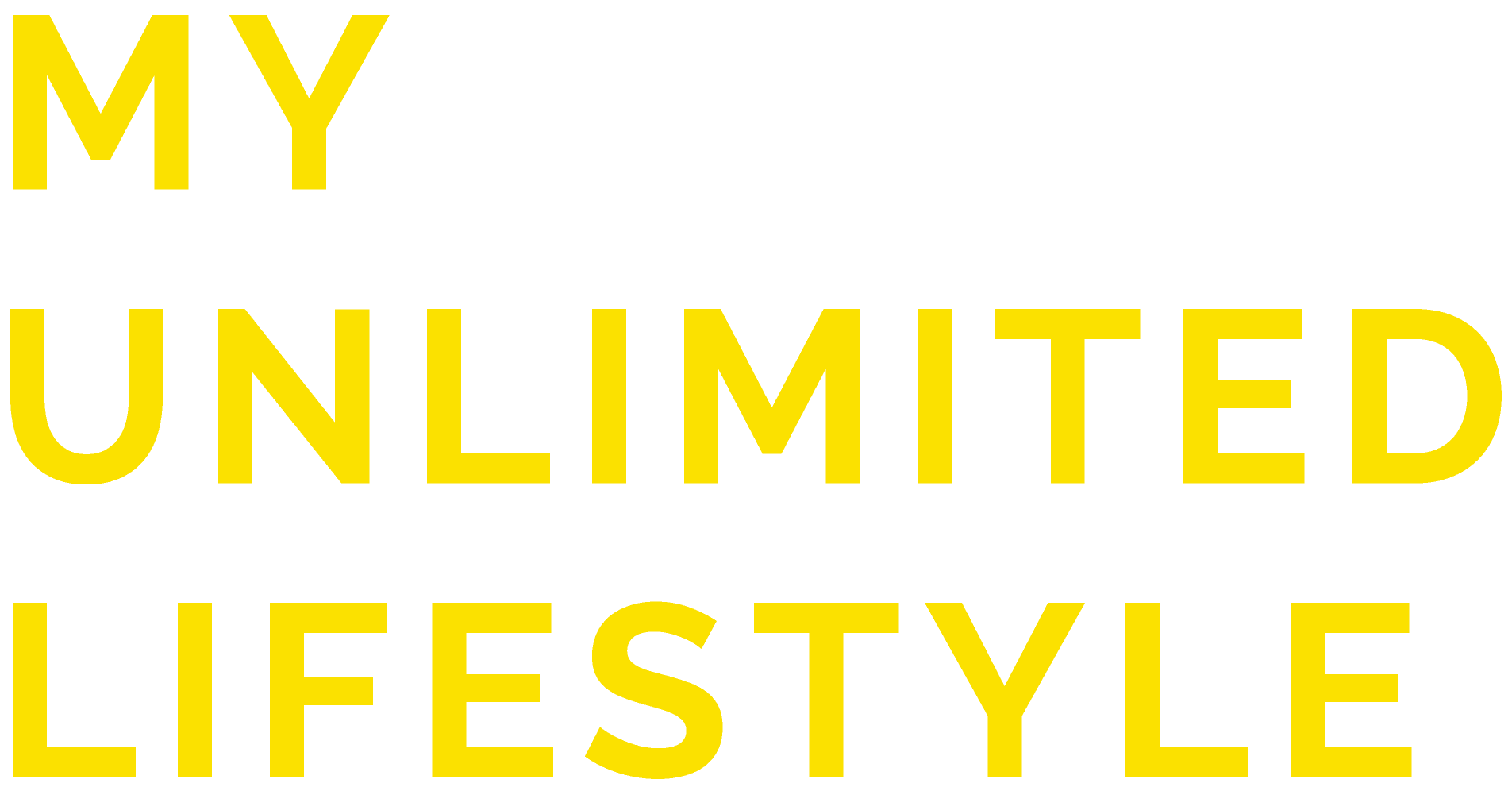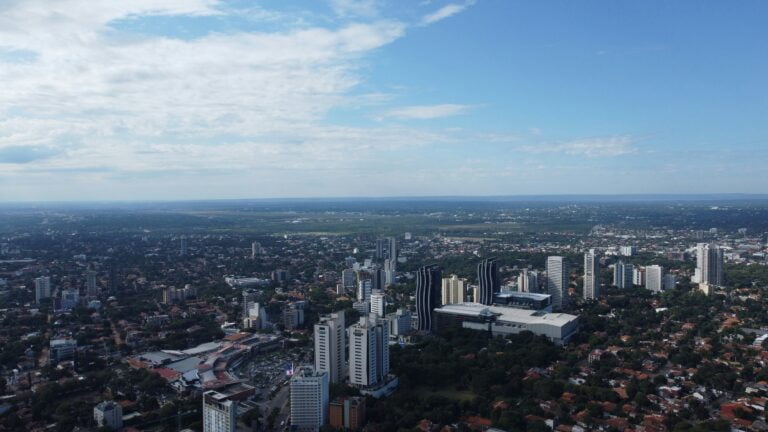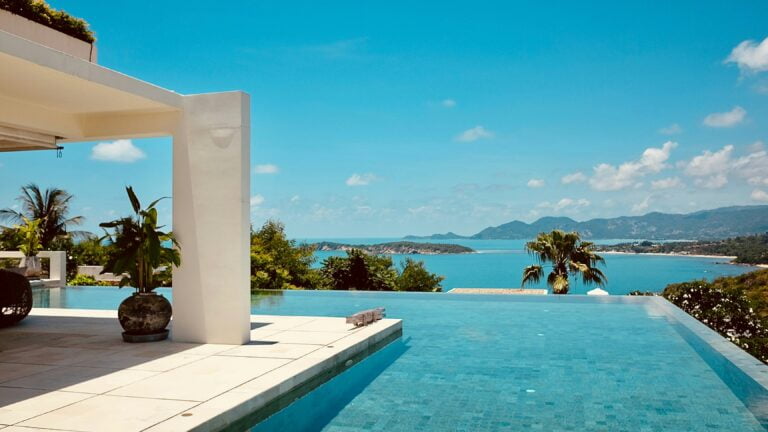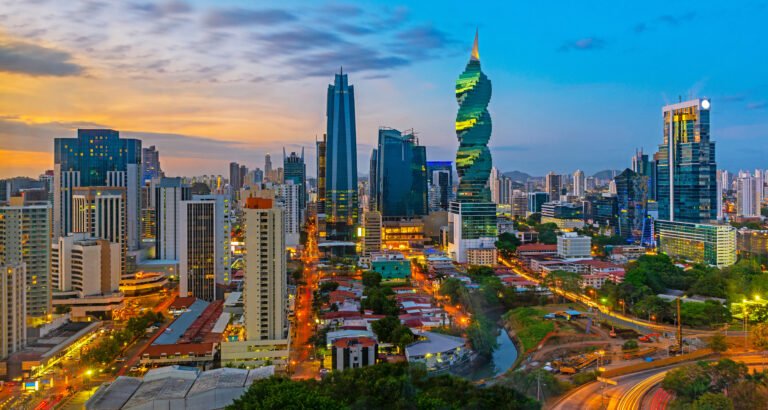St. Lucia citizenship by investment. St. Lucia is other country which offers citizenship by investment. But what are key informations you should know about this beautiful island? Saint Lucia, island state in the Caribbean Sea. It is the second largest group of Windward in the Lesser Antilles and is located about 39 km south of Martinique and about 21 km northeast of Saint Vincent.
Saint Lucia has a length of 43 km and a maximum width of 23 km. The main and main port is Castries. Saint Lucia is a member of the community.
Learn what Dual citizenship means right here!
Read also articles about other countries with offered citizenship right here:
St. Lucia citizenship and other information about the country
History of Saint Lucia
The exact date of Saint Lucia’s European discovery is unknown, but it is assumed to be about 1500. The first attempts at colonization were made by the English in 1605 and 1638 but were frustrated by the disease and hostility of the native Caribs. A successful settlement was reached in 1650 by the French from Martinique, who signed a contract with the Cariby in 1660. In 1664 Thomas Warner, son of the governor of Saint Kitts, acquired the island but was restored to France by the Breda treaty in 1667. crown and made addiction to Martinique.
Another British settlement granted in 1722 by George I, the Duke of Montague, was frustrated by France, which in 1718 allowed the island to Marshal d’Estrées, and the island was declared neutral. In 1743 the French restored possession, maintaining the island until the Treaty of Aix-la-Chapelle in 1748, in which both countries again agreed to see Saint Lucia as neutral. In 1762 he was captured by Admiral George Rodney and gene. Robert Monckton to give them up still in the Treaty of Paris (1763). In 1778, again surrendered to the British, who used their ports as a naval base, but at Versailles Peace, Saint Lucia was back restored to France. Between 1782 and 1803, Saint Lucia’s property passed several times between Britain and France, with the British having to suppress a vigorous revolutionary party, supported by rebel slaves before acquiring property in 1803. Saint Lucia was eventually ceded to Britain in 1814 by the Treaty of Paris, which became a crown colony. In 1838-85, it was managed by the Governor of Barbados, along with the other Windward Islands.
The French influence on Saint Lucia’s development is illustrated by the dominance of the Roman Catholic Church and the survival of the French patois. In the years following 1763, French growers from Saint Vincent and Grenada came to establish cotton and sugar plantations. In 1834, when the slaves were emancipated, there were more than 13,000 black slaves, 2,600 free blacks, and 2,300 whites in Saint Lucia. Prosperity was hampered by the decline of the sugar cane sector. The improvement was due to the growth of banana and cocoa cultivation and the revival of sugar cane.
People
There are no longer Caribians on the island; the vast majority of the island’s inhabitants are black and there is a small minority of mulatto and other compounds. The remainder are white or from an East Indian extraction. French patois speak most of the population, but it is gradually replaced by English, the official language. The main religion is Roman Catholicism and Seventh-day Adventists, and other Protestants are important minorities. Saint Lucia’s population growth rate is slightly higher than the Caribbean average. The main population centers are Castries and Vieux Fort.
Religion
Roman Catholic 61.5%, Protestant 25.5% (includes Seventh Day Adventist 10.4%, Pentecostal 8.9%, Baptist 2.2%, Anglican 1.6%, Church of God 1.5%, other Protestant 0.9%), other Christian 3.4% (includes Evangelical 2.3% and Jehovah’s Witness 1.1%), Rastafarian 1.9%, other 0.4%, none 5.9%, unspecified 1.4%
Political situation
Saint Lucia is a constitutional monarchy with a British monarch as head of state, represented by the Governor-General. The bicameral parliament consists of the House of Deputies elected by universal suffrage and the Senate, with members appointed on the advice of the Prime Minister, on the recommendation of the leader of the opposition in the House, and the Governor-General. The Prime Minister, the leader of the majority party, leads the government.
Justice
Saint Lucia has maintained its relationship with the Eastern Caribbean Supreme Court, which consists of a Court of Appeal and a High Court.
Foreign relations of Saint Lucia
St. Lucia focuses primarily on relations with the United States and the Caribbean, although historical ties to the United Kingdom continue. All these areas were involved in the ongoing dispute over the US call for preferential treatment traditionally granted by EU countries to banana exporters from the Caribbean. The EU announced the phasing out of preferential access to its markets by 2006.
Saint Lucia is a member of the Eastern Caribbean Monetary Union (ECCU) through which the Eastern Caribbean Central Bank (ECCB) issues a common currency to all ECCU members. The ECCB also manages monetary policy and regulates and oversees commercial banking activities in its member countries. Saint Lucia is a recipient of the US Caribbean Basin Initiative and is a member of the Caribbean Community and Common Market (CARICOM) and the Organization of the Eastern Caribbean States (OECS).
Weather / Climate
Saint Lucia lies on the northeastern trade wind and has a tropical marine climate. Precipitation and temperature vary by altitude. Average annual rainfall ranges from 51 inches (1295 mm) on the coast to 150 inches (3,810 mm) indoors. It is a dry season from January to April and a rainy season from May to November. The average temperature is about 27 ° C, with the highest values sometimes being in the upper 80 s (31 ° C) and the minimum in the upper 60 s (20 ° C).






